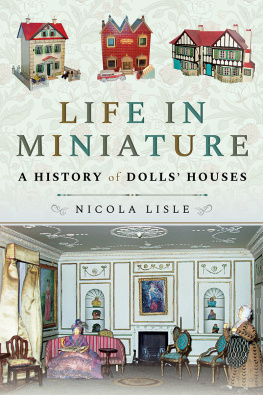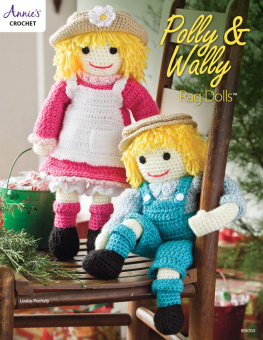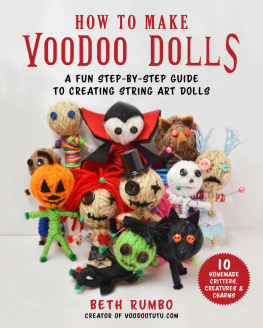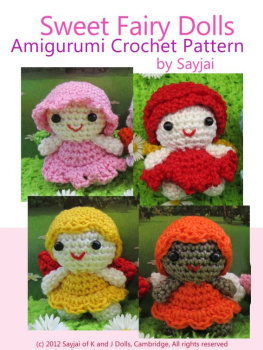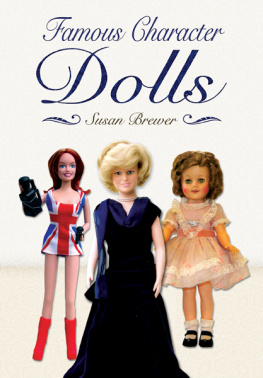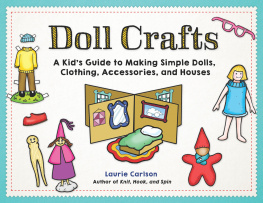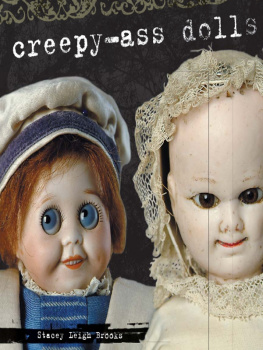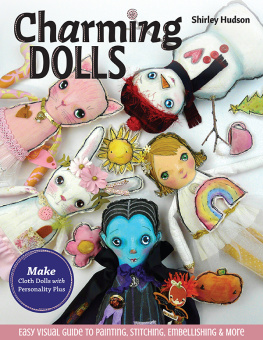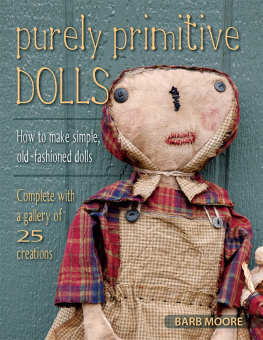Pagebreaks of the print version

Life in Miniature
Life in Miniature
A History of Dolls Houses
Nicola Lisle
First published in Great Britain in 2020 by
Pen & Sword History
An imprint of
Pen & Sword Books Ltd
Yorkshire - Philadelphia
Copyright Nicola Lisle, 2020
ISBN 978 1 52675 181 2
ePUB ISBN:978 1 52675 182 9
Mobi ISBN:978 1 52675 183 6
The right of Nicloa Lisle to be identified as the Author of this work has been asserted by her in accordance with the Copyright, Designs and Patents Act 1988.
A CIP catalogue record for this book is available from the British Library.
All rights reserved. No part of this book may be reproduced or transmitted in any form or by any means, electronic or mechanical including photocopying, recording or by any information storage and retrieval system, without permission from the Publisher in writing.
Every effort has been made to trace copyright holders and to obtain their permission for the use of material quoted in this book. The publisher and author apologise for any errors or omissions and would be grateful if notified of any corrections that should be incorporated in future reprints or editions.
Pen & Sword Books Ltd incorporates the Imprints of Pen & Sword Archaeology, Atlas, Aviation, Battleground, Discovery, Family History, History, Maritime, Military, Naval, Politics, Railways, Select, Transport, True Crime, Fiction, Frontline Books, Leo Cooper, Praetorian Press, Seaforth Publishing, Wharncliffe and White Owl.
For a complete list of Pen & Sword titles please contact
PEN & SWORD BOOKS LIMITED
47 Church Street, Barnsley, South Yorkshire, S70 2AS, England
E-mail:
Website: www.pen-and-sword.co.uk
or
PEN AND SWORD BOOKS
1950 Lawrence Rd, Havertown, PA 19083, USA
E-mail:
Website: www.penandswordbooks.com
Acknowledgements
Ive had a huge amount of fun researching and writing this book, which has involved visiting dolls house museums and stately homes up and down the country and finding out more than I realised possible about these wonderful miniatures. As always, I am very grateful to all those who have generously shared their time and expertise with me, including: Emily Toettcher, curator of Amersham Museum; Rebecca Wallis, curator at Uppark; Karthi Abrey and Dr Natalie L. Mann from The Workhouse, Southwell; Janet Boston, curator of Manchester Art Gallery; Brian Newman-Smith, managing director of Bekonscot Model Village; Ed and Emily Paris, former owners of Corfe Castle Model Village, and the current owner Macelio Andrade; Samantha Payne, house steward at Saltram; Donna Williams, house steward at Overbecks; Susan Gardner, curator at the Museum of Childhood, City of Edinburgh Council; Louise Vincent and Ros Liddington at Wilton House; Marian Barker at Old House Museum, Bakewell; Tessa Blake, house steward at Greys Court; Ellen Turnock, volunteer at Upton House; Kayleigh Edun, education officer at the Charles Dickens Museum; and Dawn Hoskin, curator at Sudbury Hall.
I am grateful to the National Trust for permission to quote from Days Far Away: Memories of Charles Paget Wade 1883-1956 , compiled and edited by Michael Jessup for the National Trust (National Trust Enterprises Ltd, 1996). I am also grateful to the Museum of Childhood, City of Edinburgh Council, for permission to reproduce quotes by Lena Montgomery (p. 56) and Patrick Murray (pp. 135, 147 and 148).
Thank you to Heather Williams and all the editorial and production team at Pen & Sword Books for all their help and endless patience!
Finally, thanks to my mother, Doreen Pinnell, for proofreading the book and giving helpful feedback; and, as always, to my husband, James, and son, Ben, for all their support and encouragement.
Cover picture credits
All cover pictures Nicola Lisle.
Front cover: top left and centre, reproduced by kind permission of the Museum of Childhood, City of Edinburgh Council; top right, taken and reproduced by kind permission of the Museum of Cambridge. Main picture reproduced by kind permission of the Tolsey Museum, Burford.
Back cover: Picture reproduced by kind permission of Ilkley Toy Museum.
Inside back flap: Reproduced by kind permission of Worthing Museum and Art Gallery.
Introduction
One Christmas he returned with an enormous dolls house We fingered and commented on the many apertures, bits of furniture all jumbled together and the sectioned off rooms. Anyone could see it was for me, the only girl in the family, and I cannot remember being more touched by any other one event.
Aeronwy Thomas: A Daughter
Remembers Dylan (Merton Books, 2006)
Dolls houses and their miniature contents have fascinated, delighted and inspired people, from ordinary folk to royalty and the aristocracy, since at least the sixteenth century.
We think of dolls houses now as toys, but originally they were showpieces for adults to display their collections of valuable, finely crafted miniatures that boasted of their wealth and social status. It was not until the late eighteenth century that dolls houses started to become playthings for children, but they were still very much the preserve of the wealthy. Mass production of dolls houses and dolls house furniture began during the Victorian era, taking away their exclusivity and making them more widely accessible.
Peeking into dolls houses now gives us a glimpse into the past: they speak to us across the centuries, telling us how people lived, revealing the architecture, furnishings, fashions, customs and social attitudes of their day, and showcasing the incredible craftsmanship of the people who created them. But if we want to experience the past, why focus on miniatures? There are plenty of real houses we can wander around to soak up the style and atmosphere of a particular era, so why explore the past through the prism of miniature houses?
A.C. Benson, co-editor of The Books of the Queens Dolls House (Methuen & Co Ltd, 1924), may have had the answer: There is great beauty in smallness . One gets all the charm of design and colour and effect, because you can see so much more in combination and juxtaposition. Flora Gill Jacobs, who quoted Benson in A History of Dolls Houses (Bell & Hyman, 1965), added: The ability to reflect, in a relatively limited amount of space, four centuries of architecture, household furnishings, and innumerable customs is practical as well as appealing.
Dolls houses are more than just small houses with collections of dolls and miniature objects. They are multi- dimensional works of art with stories to tell. As with any works of art, we can simply gaze in awe at their exquisiteness and admire the craftsmanship that brought them to life, or we can delve a little deeper to see what they have to say to us.
In Portillos Hidden History of Britain (Michael OMara, 2018), Michael Portillo explores a selection of buildings, focusing on their beauty, their purpose, the stories hidden in their walls. We can do exactly the same with dolls houses, all of them fascinating slices of social history whose worth as historical objects became increasingly recognised during the twentieth century. This resulted in the emergence of several dedicated childhood museums and dolls house collections, often putting long-neglected dolls houses on public display for the first time.
Many dolls houses, sadly, continue to languish in storage, which is entirely understandable: space in museums is limited and renovation is costly. It is a shame, though, to have these exquisite time capsules hidden from view, and I hope that some of those currently in storage might yet see the light of day. Happily, there are many fascinating and historically important dolls houses on display, and one of the delights of writing this book has been visiting dolls houses up and down the country and sometimes discovering them in unexpected places.

